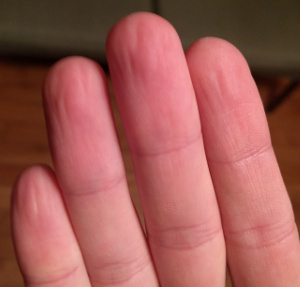Carl
Senior Member
- Messages
- 470
- Location
- United Kingdom
It's the stomach and lack of hydrochloric acid=hypochlorhydria.But what is causing the SIBO, remains a mystery.
SIBO happens when there is hypochlorhydria and insufficient stomach acid to destroy bacteria which can pass into the small intestine and take up residence feeding on food as it passes through. Often producing gas.Hypochlorhydria refers to a condition where the stomach produces less hydrochloric acid (HCL) than normal, leading to low stomach acid levels. This can cause digestive issues, nutrient absorption problems, and potential bacterial overgrowth
It's where all the problems begin and end. When you understand how the vagus nerve functions it's easy to understand how it partly drives the inflammation from LPS. It also promotes inflammation by an immune system reaction to food which enters the bloodstream when it shouldn't be capable ie before it has been broken down. IgA antibodies should be attached to food molecules signalling that they came via the digestive system and don't need to be attacked as infections. Biofilms don't produce IgA antibodies and therefore the immune system treats food molecules as a threat and attacks them. This produces more inflammation, uses up precious Glutathione and causes damage where antibodies settle in areas where the nervous system has degraded and the nervous system control of the immune system is weakened.


